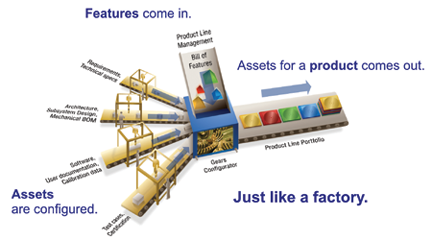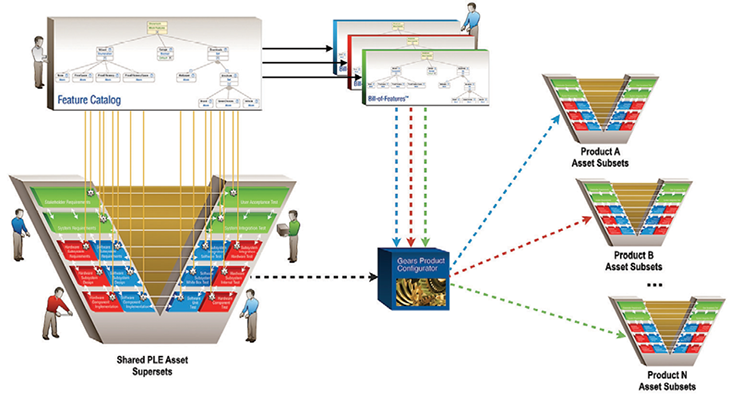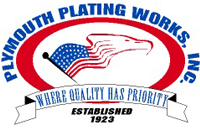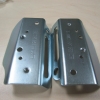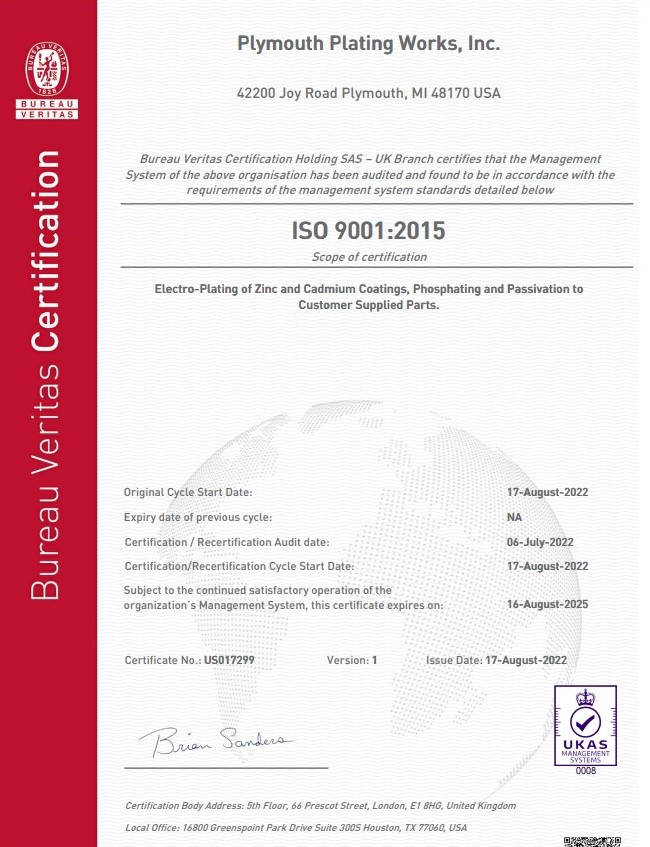Electroplating Market – Evolving Industry Trends and Key Insights by 2026
Over the forecast period of 2016-2026, the global market for electroplating will expand at a modest CAGR of 3.7% as strict environmental regulations will continue curtailing the use of this plating technique around the world. The US$ 14.6 billion market for electroplating is projected to rake in revenues worth over US$ 21 billion by 2026 end.
View Full Report:
https://www.futuremarketinsights.com/reports/electroplating-market
According to Future Market Insights
Global demand for electroplating will continue to be adversely impacted by the stern laws & regulations imposed by several governments on large scale industrialisation of electroplating techniques. Global environmental legislations such as the Restriction of Hazardous Substance (RoHS) are prohibiting the adoption of electroplating due to ecological adversities caused by disposal as well as undue exposure to toxic metals such as lead or cadmium during in plating processes.
Electroplating market in developed regions such as North America and Western Europe has reached maturity or a state of equilibrium after witnessing stagnancy in terms of growth in technological innovation and the supply-demand chain. Over the forecast period, growth in electroplating revenues in several parts of the world is projected to be a sluggish pace – below 5% CAGR.
According to a recent study published by Future Market Insights, titled “Electroplating Market: Global Industry Analysis & Opportunity Assessment, 2016-2026,” projects that the global market for electroplating will incur impressive expansion in the Asia-Pacific excluding Japan (APEJ) region. Towards the close of 2026, revenues from the APEJ electroplating market are projected to surpass US$ 5 billion, exhibiting an increment at a 4.6% CAGR over the period. While the APEJ region is predicted to account for about 25% of global electroplating revenues, North America and Western Europe will continue to be at the forefront as leading regions. By 2020, North America is estimated to close in on amassing US$ 4.4 billion revenues from electroplating, while the global presence of Western Europe’s electroplating market is anticipated to suffer a dip, gradually, over the forecast period.
Automotive and Electronics – Two Major End-Users of Electroplating
Manufacturers of electronic products and electrical devices & components are obligated to use electroplating techniques for coherently coating metal surfaces. The rate at which electronic products are being sold in the world effectuates a robust growth in demand for electroplating services. In 2016 and beyond, more than one-third of the global electroplating revenues have been estimated to be procured from electronics & electrical industries in the world. Automotive industries have instated units dedicated for surface-coating purposes, a majority of which are expected to use electroplating methods for covering vehicles’ bodies with a layer of non-corrosive and rust-proof materials. Automotive end-use of electroplating will showcase a lucrative incremental opportunity of an estimated US$ 2.05 billion between 2016 and 2026.
Key Electroplating Metals – Nickel, Gold & Copper
While volatility in the price of raw metals continues to levy an undulating impact on the growth of global electroplating market, consumers will not cease to prefer products coated with a metallic lustre of their choice. Gold is one of the most prominent metal being electroplated in multiple industrial applications. High yet fluctuating costs of gold, coupled with the growing demand for gold-plated electronic devices and wearable accessories will add nearly US$ 5 billion revenues in the global electroplating market towards the end of the assessment period. However, the demand for copper and nickel as raw metals for electroplating is projected to surge at a faster pace, reaching a combined global market value share of more than 60% through 2026.
Global Electroplating Market: Key Companies
In order to churn the “mature” state of electroplating market in developed as well as developing regions, companies offering electroplating services must boost the influx of technological innovations. Companies providing electroplating services can use smart control systems to regulate the plating & processing cycles, thereby lowering emissions and saving energy during idle times. Measures as such can collectively limit the environmental imprint of electroplating services and regain the market potential which is being mapped by electroless-nickel plating and other alternative plating methods. Companies such as Kuntz Electroplating Market Inc. Interplex Holdings Pte. Ltd., Pioneer Metal Finishing, and Sharretts plating Co. Inc. are recognised for being leading electroplating service providers in the world. Other players in the global electroplating market, profiled in the report, include, Allied Finishing Inc., Atotech Deutschland GmbH, J & N Metal Products LLC, Bajaj Electroplaters, Peninsula Metal Fishing Inc., and Roy Metal Finishing.
Request to view Sample Report:
https://www.futuremarketinsights.com/reports/sample/rep-gb-936

